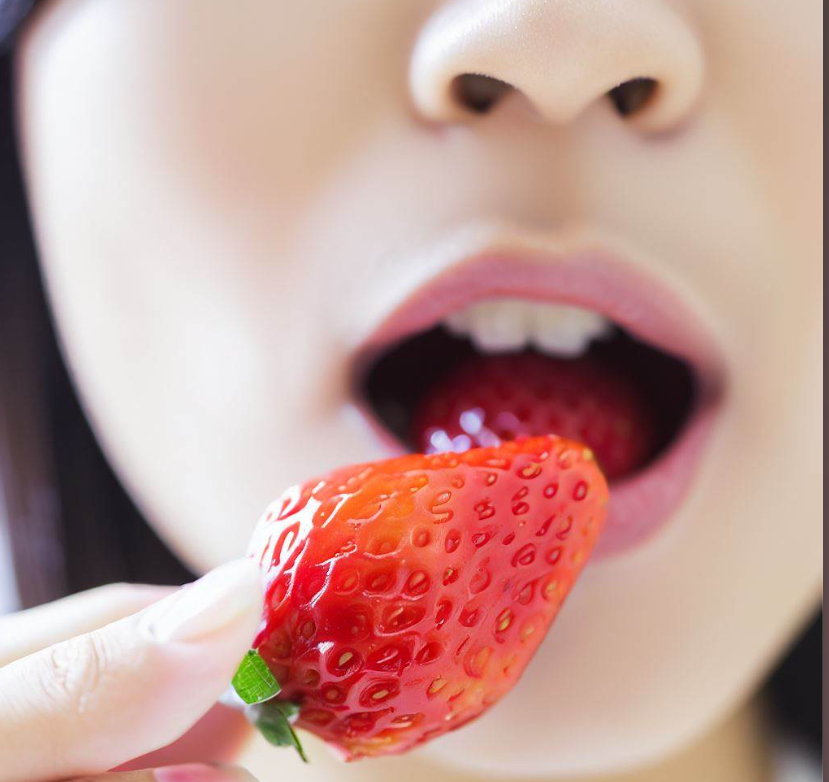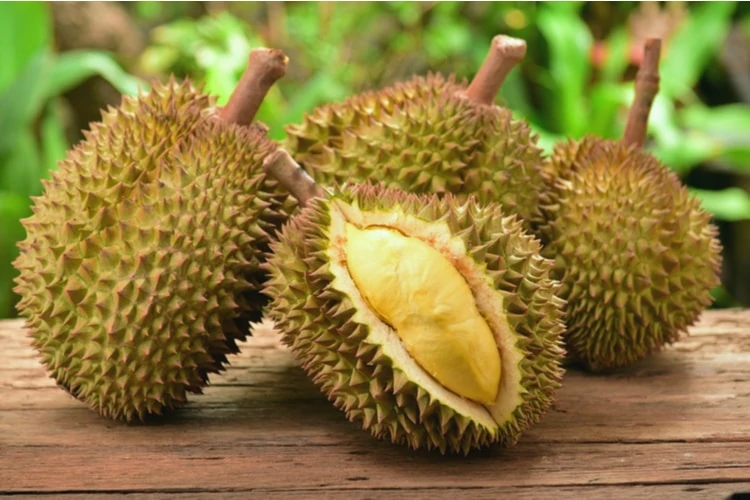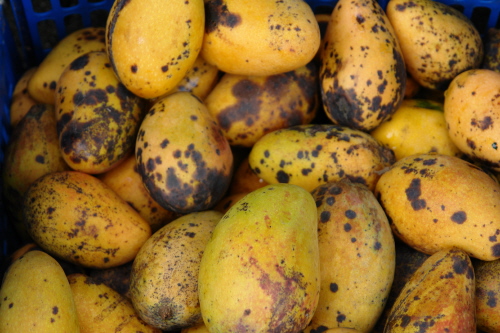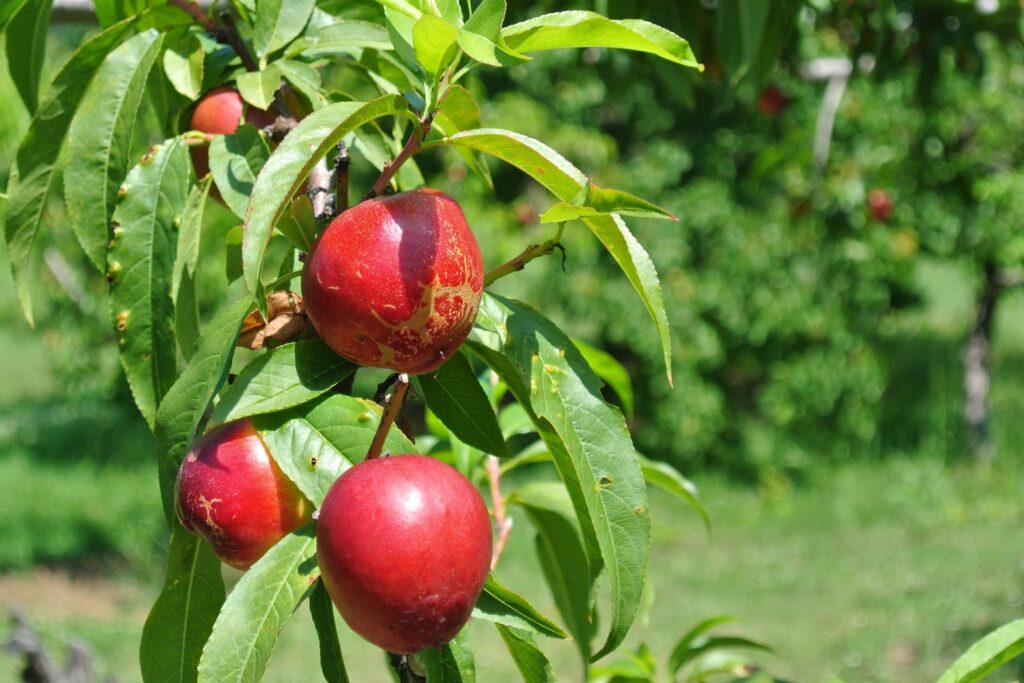Walking through a market with its bright colors can make anyone’s eyes light up. Fruits come in all different colors, from deep red strawberries to bright yellow bananas. These colors can tell us how ripe and tasty the fruit is. But have you ever thought about why fruits have such pretty colors? What makes a fruit red, green, or blue? This article will take us into the world of fruit colors and explain what makes them the way they are.
Table of Contents
- The Colors in Fruits
- Anthocyanins: Pretty Reds, Purples, and Blues
- Carotenoids: Bright Yellows, Oranges, and Reds
- Chlorophyll: The Green Powerhouse
- What Changes Fruit Colors?
- Inside the Fruit: Genes and Ripening
- Outside the Fruit: The World Around Us
- The Mix of Fruit Colors
- Fruit colors are amazing. They come from a mix of the fruit’s genetics, how it ripens, and the environment. Together, these give us the bright and beautiful colors we see when we pick our favorite fruits. Whenever you look at a colorful fruit salad, think about the amazing dance of nature and how it brings us such pretty colors. Frequent Questions
- Do the colors of fruits have any use or are they just to make them look good?
- After picking fruits, do their colors still change?
- How come fruits from the same family can be different colors?
- Do different kinds of the same fruit look different?
- Is it possible to change the colors of fruits because we like how it looks?
The Colors in Fruits
Let’s start by getting to know the colors in fruits better. Fruit colors come from different pigments, some of which are called anthocyanins, carotenoids, and chlorophyll.
Anthocyanins: Pretty Reds, Purples, and Blues
Anthocyanins are pigments that make fruits look red, purple, or blue. The color can change based on whether the area around them is more acidic or basic. Sunlight, the weather, and the type of soil a fruit grows in can all make a big difference in how much anthocyanin it has.
Carotenoids: Bright Yellows, Oranges, and Reds
Then we have carotenoids, which bring us yellows, oranges, and reds. These pigments help plants make food from sunlight and keep them safe from too much light. They are made inside parts of the cell called plastids. The amount of light, the weather, and the genetics of the plant can change how many carotenoids a fruit will have.
Chlorophyll: The Green Powerhouse
Chlorophyll is often linked to the color green in leaves, but it also affects fruit colors. It helps plants turn sunlight into energy. When fruits grow and get ready to eat, they start to lose chlorophyll, which lets other colors shine through.
What Changes Fruit Colors?
Now that we know a bit about the pigments in fruits, let’s see what changes their colors.
There are two main types of things that can affect fruit colors: what’s inside the fruit (internal) and what’s outside (external).
Inside the Fruit: Genes and Ripening
- Genes: Each type of fruit comes with its own set of genes that decide what colors it can be. These genes control the pigments and how they mix with other things in the fruit.
- Ripening: As a fruit gets ripe, a lot of things inside it change, which changes the color too. Green chlorophyll gets broken down, and more reds and yellows can show up.
Outside the Fruit: The World Around Us
- Light: For fruits to get colorful, they need the right kind of light. Carotenoids, for example, need sunlight to build up in the fruit.
- Weather: The temperature outside affects how quickly fruits ripen and develop their colors. Hot or cold weather can speed up or slow down this process.
- Soil: What the soil is like, including its pH and nutrients, can change the color of the fruit. If the soil is missing some nutrients, the fruit’s color can be weaker.
- How We Grow Them: Things people do, like trimming the plants or adding fertilizers, can also change the fruit’s color. Farmers use these methods to make their fruits look their best.
The Mix of Fruit Colors
The colors in fruit come from a mix of genes, ripening, and the world around them. Genes say what colors could happen, ripening changes the pigments, and the conditions outside help shape the final colors.
Fruit colors are amazing. They come from a mix of the fruit’s genetics, how it ripens, and the environment. Together, these give us the bright and beautiful colors we see when we pick our favorite fruits. Whenever you look at a colorful fruit salad, think about the amazing dance of nature and how it brings us such pretty colors.
Advertisements
Frequent Questions
Do the colors of fruits have any use or are they just to make them look good?
The colors of fruits are not just for looks, they have important uses. They help attract animals to spread the seeds around, let humans and other animals know when they are ready to eat, and show that they have good stuff in them like antioxidants.
After picking fruits, do their colors still change?
Some fruits might keep getting their color even after they have been picked, but most of them will not change much. Things like being close to ethylene gas, how warm or cold it is, and how much light they get can make a difference in how the color changes after picking.
How come fruits from the same family can be different colors?
Sometimes fruits that are related look different because they have different genes, grow in different places, might not be fully ripe yet, or have various types of color pigments.
Do different kinds of the same fruit look different?
Absolutely, there are lots of kinds of the same fruit, and they can look different because of their unique genes. Some genes are specifically about colors.
Is it possible to change the colors of fruits because we like how it looks?
Yes, people have ways to make fruit colors look different for fun, like using special methods to make them look brighter or choosing types that look a certain way. But we should still think about how good they taste, if they are good for you, and their overall quality, not just how they look.









